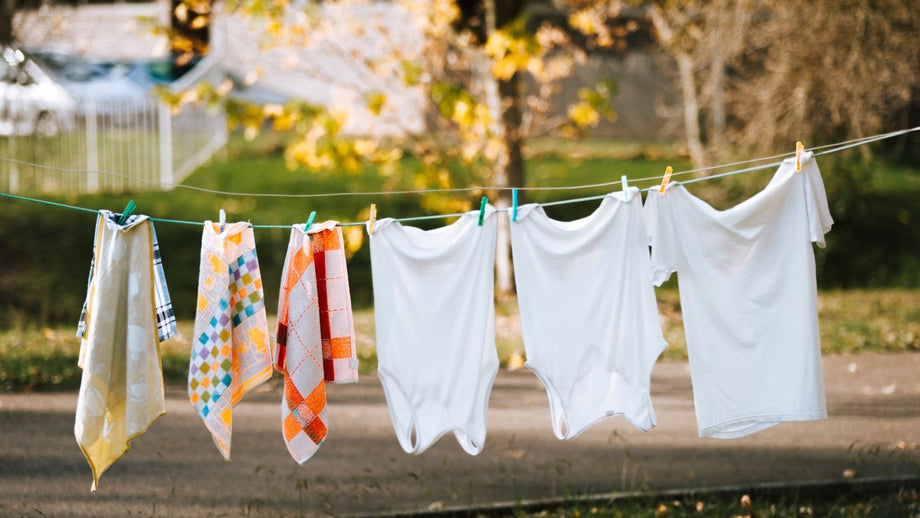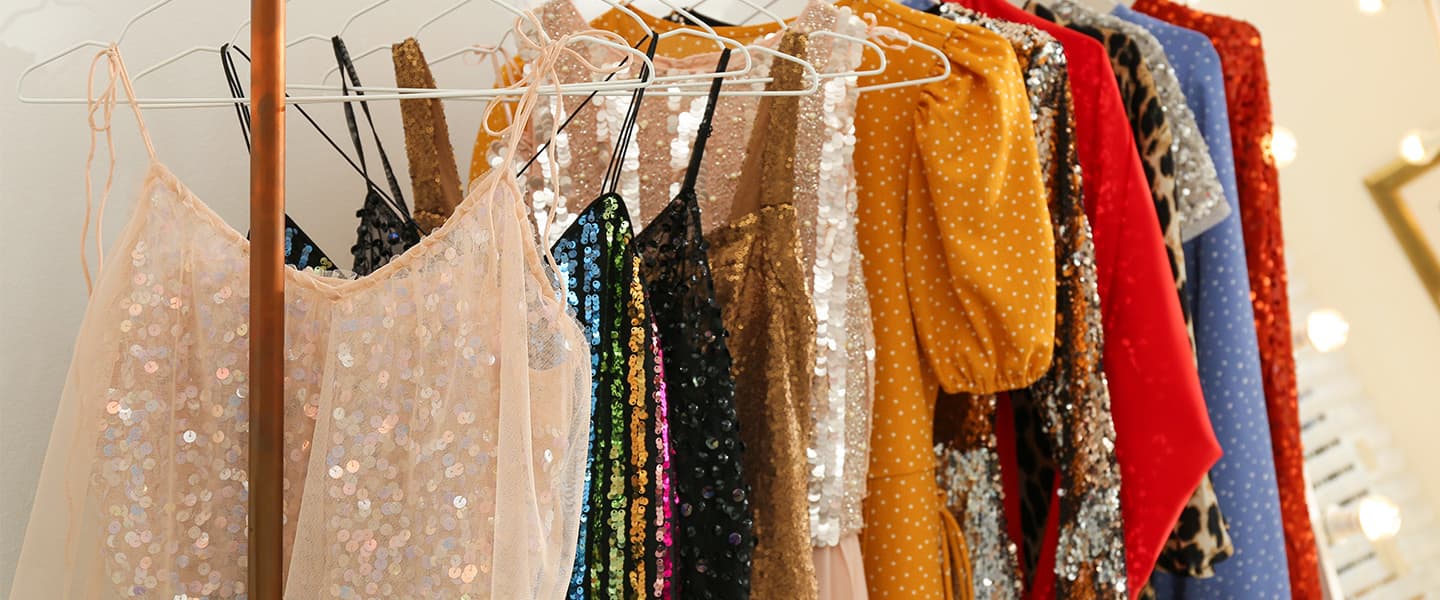 |
| Source: koparoclean.com |
In the hustle and bustle of daily life, knowing how to properly machine wash your clothes can save time, money, and extend the life of your wardrobe. Let's get to understand the ins and outs of machine washing.
The Delicates Cycle
A delicate wash or “hand wash” cycle is the machine equivalent to handwashing! This cycle uses cold water with low or no spin. It's typically the shortest and most gentle cleaning cycle, and the low or no-spin allows for minimal fabric agitation.Select the Delicate wash cycle when washing delicate items like lingerie, eveningwear, and hosiery. When washing something like a delicate blouse or vintage tee for the first time, opt for a delicate wash cycle with cool water and a low spin. This will help to prevent unwanted shrinkage!
The Normal Cycle
With high agitation and a lengthy cycle, the Normal cycle is typically the most intense washing machine cycle. Select the Normal cycle for everyday laundry items made of cotton, linen, and durable synthetics, such as sheets, towels, T-shirts, socks, and (non-fancy) underwear. The normal cycle is the ideal casual wash cycle for your everyday, most-loved fabrics like cottons and polyester. Don’t forget to sort items by color before the wash to avoid dye transfer.Depending on your washing machine, this cycle may ask you which water temperature you'd like to use. Select the temperature based on the contents of the load: for whites, select hot water; for colors, select cool or warm. Keep in mind that cotton and synthetic towels of any color will get the cleanest when washed in warm to hot water.
The Permanent Press Cycle
The Permanent Press cycle was created around the midcentury in response to the advent of synthetics, wash and wear, and wrinkle-free clothing. Shorter than the Normal cycle, this cycle typically uses warm water (sometimes with a cool rinse) and a lower spin. This cycle is intended to keep wrinkles at a minimum, and can be used for many types of synthetic fabrics.Common synthetic garments and how to wash them:
- A nylon track suit: Wash with Signature Detergent and use the Normal or Permanent Press cycle and hot to warm water
- A polyester parka: Wash with Wool & Cashmere Shampoo and use a Delicate or Hand Wash cycle with cold water and low spin to protect the parka's fill
- A delicate blouse: Protect your item using a Mesh Bag, use Delicate Wash and select a cold, Hand Wash or Delicate setting
- Workout sets: Use Signature Detergent and wash these synthetics on delicate to protect their elasticity and moisture-wicking properties. If they require heavy-duty cleaning, select the longer, Normal cycle and choose cool or warm water.
Delicate Wash vs. Hand Wash Cycles
Items tagged dry clean or hand wash can often be washed at home with the Hand Wash or Delicate wash cycle and the right fabric-specific detergent for delicates. These more gentle machine cycles use a low level of agitation/low spin speed, and cool to cold water to provide your fabrics with a similar level of care as hand washing in your tub or sink would.When selecting a detergent, opt for Delicate Wash for delicate items, and Wool & Cashmere Shampoo for knits, woolens and blends. Please note that extra-sensitive fabrics, such as suit blazers, special vintage pieces, and items with embellishment (like sequins or beading), should never be placed in the washing machine. Instead, hand wash or steam clean!
Quick Wash
Quick wash is the fastest wash cycle and also typically the most energy saving option. Most quick washes equate to a 30 minute cycle, so this is the fastest way to do laundry. A quick wash cycle cleans clothes effectively, but we only recommend it for lightly soiled clothes, and laundry that is not heavily stained or odorous.The quick wash cycle typically includes a shortened wash cycle and a high-speed spin cycle, so it helps quicken drying time. Because of the high spin cycle, avoid quick wash for delicate items like silks, lingerie, woolens, and anything with embellishments.

The Pre-Soak and Extra Rinse settings can be used as add-ons to lengthen and deepen your cleaning cycle. We recommend using the Pre-Soak setting for stained fabrics (pre-treat first with Stain Solution!) to help loosen spots before washing. The Extra Rinse setting is a great option when laundering absorbent items like towels, as it can help to rinse away any excess detergent residue.
Note: It's okay to hit the Pre-Soak or Extra Rinse cycle button in your machine washing process when washing most everyday fabrics. However, adding additional agitation or soaking is only recommended for cottons, linens, and durable synthetics. Excessive agitation and lengthy water exposure, even when using cold water, can cause shrinkage on delicate items like wool.
Bulky Wash Cycle
The bulky wash cycle is an ideal washing machine setting for large items such as blankets, comforters, towels, outerwear, small rugs, and pillows. This setting utilizes extra water and a soaktime to ensure items are thoroughly soaked and the detergent is evenly distributed.Heavy Duty Cycle
The heavy duty cycle is similar to the bulky wash cycle, but is better suited for items that are heavily soiled or odorous. It’s a great choice for sporting gear and thick work clothes, like construction clothing. The heavy duty cycle harnesses higher heat and a faster spin than most other cycles, making it a great choice for lifting sweat, dirt, and grime.Other Cycles and Add-Ons
Some machines include additional cycle options such as Whitest Whites or Deep Clean. Selecting one of these settings in addition to the regular washing machine setting (Normal, Delicates, Permanent Press) generally intensifies whichever cycle you're using, sometimes adding more water or a longer rinse or presoak. You can opt for this type of deep cleaning setting on your washing machine settings when washing heavily soiled laundry, like smelly towels.The Pre-Soak and Extra Rinse settings can be used as add-ons to lengthen and deepen your cleaning cycle. We recommend using the Pre-Soak setting for stained fabrics (pre-treat first with Stain Solution!) to help loosen spots before washing. The Extra Rinse setting is a great option when laundering absorbent items like towels, as it can help to rinse away any excess detergent residue.
Note: It's okay to hit the Pre-Soak or Extra Rinse cycle button in your machine washing process when washing most everyday fabrics. However, adding additional agitation or soaking is only recommended for cottons, linens, and durable synthetics. Excessive agitation and lengthy water exposure, even when using cold water, can cause shrinkage on delicate items like wool.
A note about front load washers: It has been found that front loading washers naturally have faster spin speeds than top loaders, which is also important to consider when choosing a spin speed for your laundry.
Summary
Regular/Heavy Duty CycleThis cycle provides the highest heat and will dry your items the fastest out of all the cycles, but should be used sparingly as high heat can lead to loss of elasticity in fabrics, increased fading, shrinkage, and noticeable wear. High heat can also set in any lingering stains in fabrics, so be sure to check items for staining before starting the cycle.
Permanent Press Cycle
Permanent Press Cycle
Medium heat is used in this dryer setting and is the best choice for most durable fabrics. To ensure a consistent dry, be sure not to overfill your dryer.
Delicate Cycle
Delicate Cycle
This lower heat setting will help protect more sensitive items such as underwear and synthetic knits. Keep in mind that these items will often last longer when air-dried, so use the dryer only when necessary.
Air Fluff Cycle
Air Fluff Cycle
No heat is used in this cycle, so it’s a wonderful option for softening and fluffing up fabrics that have been air dried and now feel a bit stiff.
Steam Cycle
Steam Cycle
While not all dryers offer a steam cycle, if yours does offer it, it’s a great tool for removing wrinkles, nixing odors, and freshening up fabrics quickly. As the name suggests, it delivers all the benefits of steaming in a single cycle. We recommend testing the setting on an everyday item like t-shirt before using it on your special garments to ensure best results.
Source: https://www.thelaundress.com/

Comments
Post a Comment